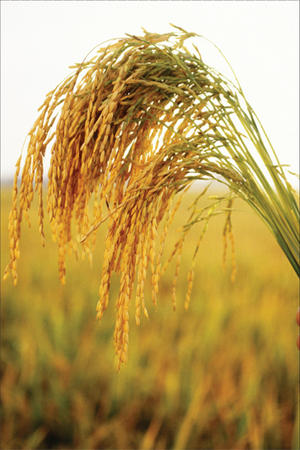| THE MAIL SAYS: Close this rice supply loophole |
 |
 |
 |
| Written by 3K Admin |
| Friday, 29 May 2009 12:09 |
|
Monday, May 25th, 2009 06:29:00 IN the 1980s, a decision was made to control the price of SST15 rice, or broken rice to the common people, to ensure that the poor would be able to afford the staple food. The decision makers, however, left it to demand to influence supply of this type of rice and did not set a minimum production quota, even though it was initially estimated that SST15 rice made up roughly 10 per cent of the total rice sold locally. No price controls were set for all other grades of rice - a decision that left Malaysians having to fork out more for rice when prices rose by an average RM10 per 10kg pack sometime in the middle of last year.While rice prices have fallen by about RM4 per 10kg pack since, the decision to not set a minimum production quota for the SST15 rice meant local rice producers were not obligated to ensure there was adequate supply, despite it being heavily subsidised by the government. By producing less SST15 rice, forcing consumers to opt for more expensive rice grades, producers have been able to show deflating demand for this cheaper commodity, or so claim some industry experts. The experts believe that doing away with the SST15 grade altogether is the ultimate aim as they would no longer be bound to the low fixed price of the SST15 rice. There is now a suggestion that these speculations are valid - since both consumers and retailers are complaining of SST15 being in short supply since the start of this year. There is also talk of possible hoarding. Even if they cannot sell the grade at an inflated price, by using a hortage as an excuse, broken rice can still be ground into flour and used to produce meehoon. Even selling meehoon can fetch a bigger profit than selling the broken rice in its original form. It is an underhanded tactic that benefits only a few, for even the rice farmers are complaining that they are struggling to get a decent income from their efforts in the padi fields. Inevitably, this could lead to fresh demands for more government subsidies. Experts want the authorities to act fast, as acts of profiteering and hoarding have been the norm in the industry for so many years. Naturally, there is an urgent need to review the entire supply chain and ascertain where the problems lie and solve them. Imposing a minimum production quota for broken rice is a good way to kick-start the revamp Source: http://www.mmail.com.my/content/mail-says-close-rice-supply-loophole |
| Last Updated on Friday, 29 May 2009 12:15 |


